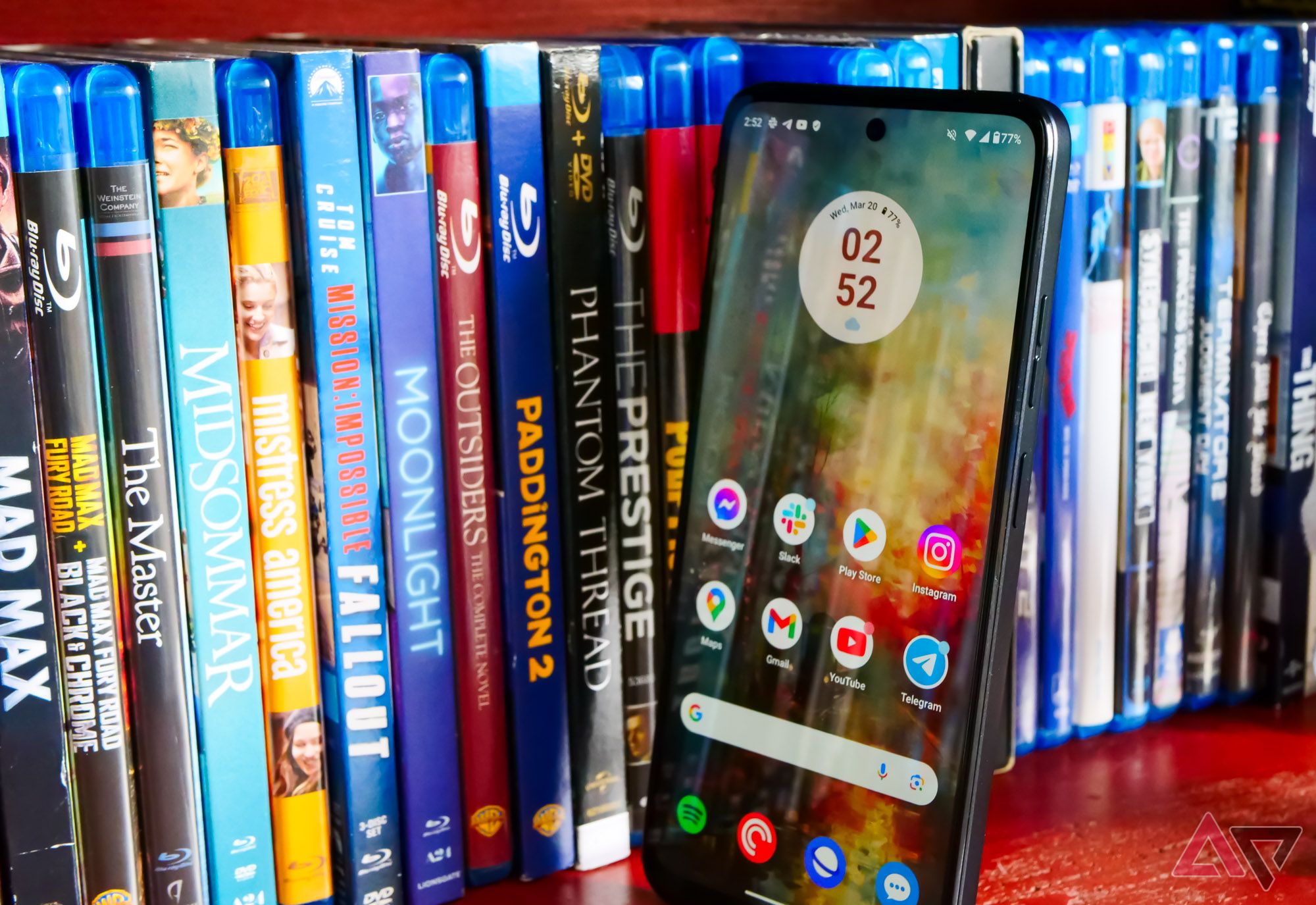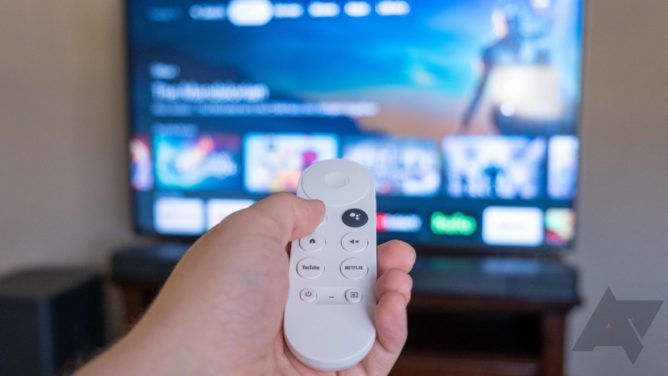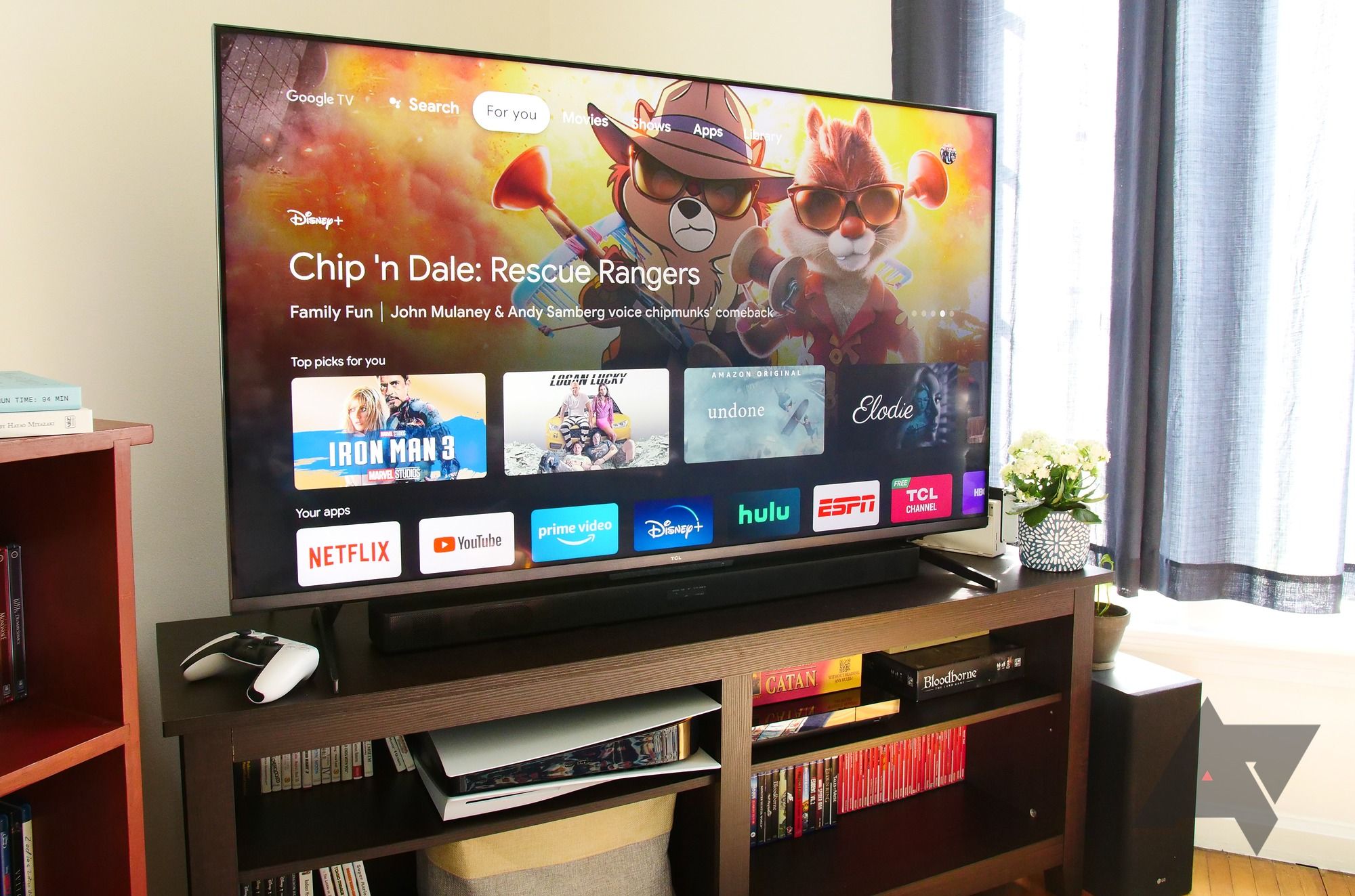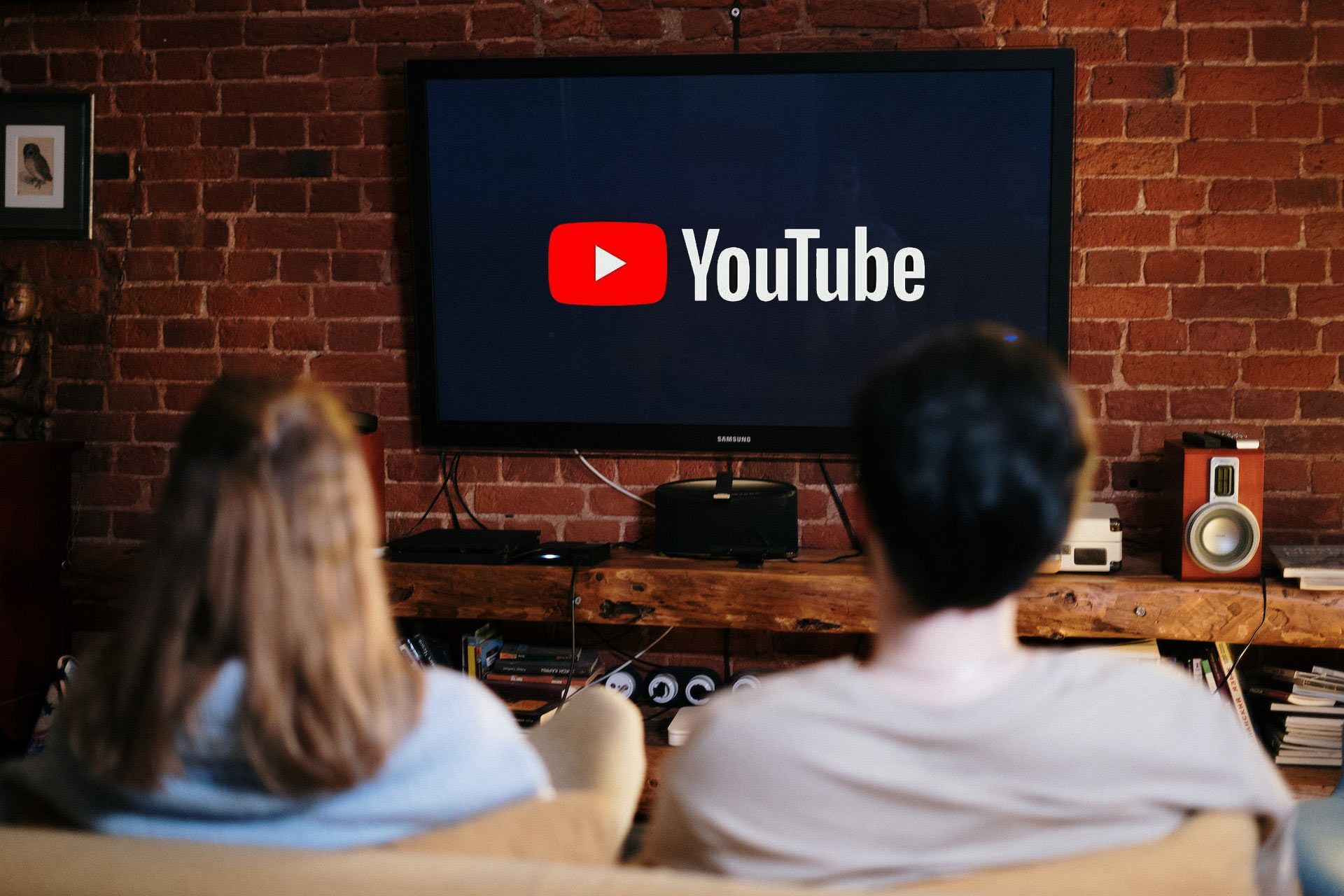Online services have become notorious for increasing their prices once, or sometimes even twice, annually. All platforms are filled with ads, even when you pay a subscription, and the content is lacking. Companies like Spotify, Netflix, Amazon, and Google — to name a few — have all increased their prices in the past few months, offering the same or even less value than before.
The past few years have made me think that returning to physical media might not be such a bad idea, especially since there are so many free options, including some questionable ones that raise red flags regarding their ethical and legal status.
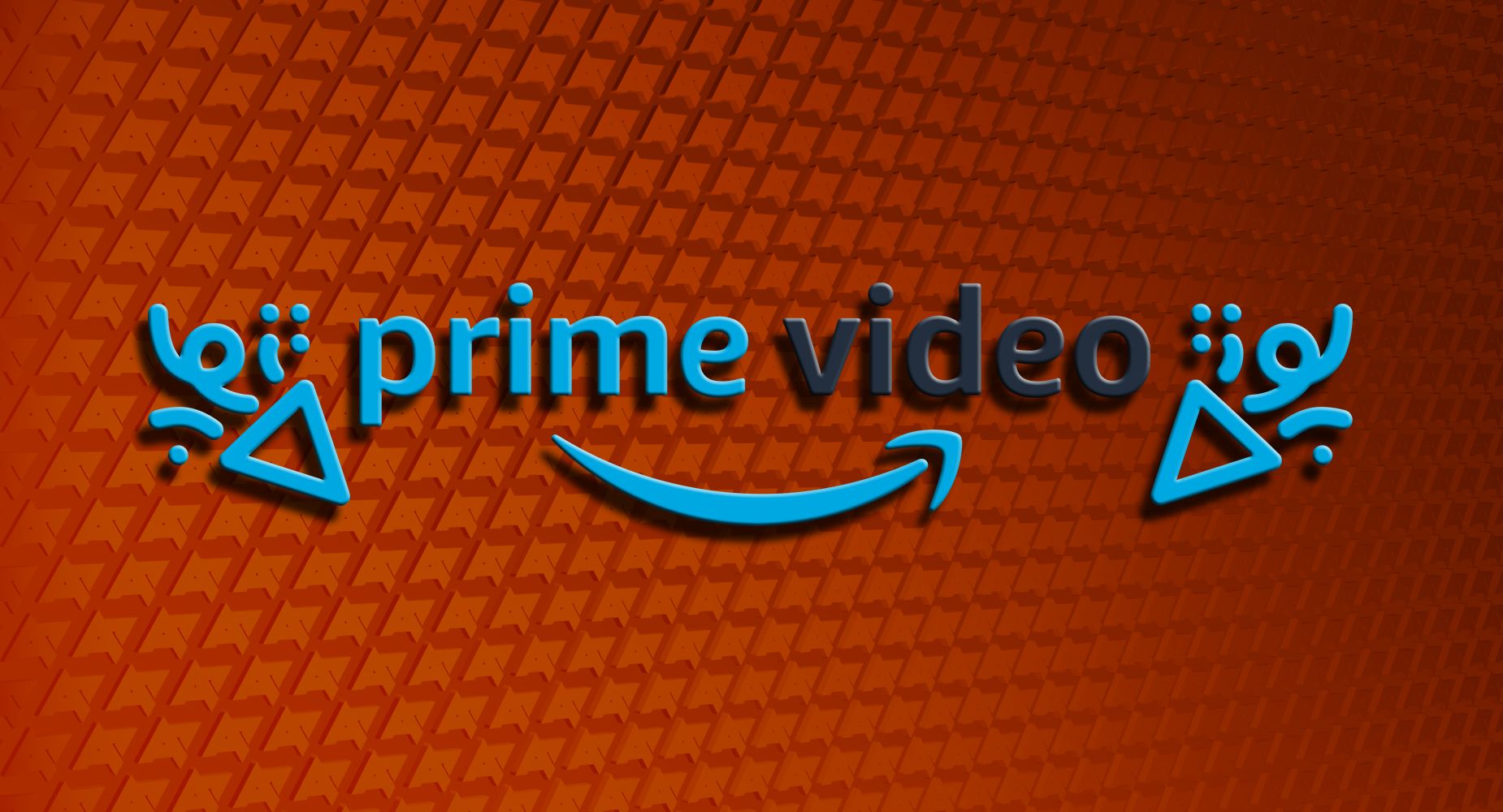
How to remove Amazon Prime Videos limited ads
So you can get back to watching all your favorite shows
There are ways to minimize price hikes on your wallet
Physical media could cost less in the long run, and provide more control
It might sound counterintuitive, but let’s not forget that owning Blu-ray copies of your favorite shows and movies is still a great idea, especially if you can pick them up from marketplaces and stores that sell second-hand goods. There are also great deals on some of these copies in chain stores, making owning the content you love easier.
You can build a physical content library to rip and use as your own digital library to regain control. Services like Plex and Kodi enable you to stream your content in much higher quality, anywhere you go, and on any device. These options are often free, but some could require a small monthly or one-time payment that’s still less than your typical streaming service.
I also want to point out that while owning physical media is technically easier and cheaper, storing it takes up quite a bit of physical space, even if you have a dedicated shelf in your bedroom or living room.
Digital copies are a great way to rent or buy movies. However, given that streaming services can pull these at any moment — yes, even the ones you’ve already purchased — makes them especially vulnerable to licensing deals with their appropriate publishers. That’s precisely why buying a physical copy is a better solution for building your home entertainment library. While it might take up more space, you won’t risk losing your right to watch or listen to any content at any time.
Only pay for the services you actively use
Consider dipping in and out of subscriptions on a regular basis
Okay, I hear you. You want to stick with streaming for convenience alone, but you’re still looking to save cash. There are a few ways to minimize these price hikes for a little more control over your wallet. If you’ve already seen everything on Netflix and have a Disney+ subscription, there’s no reason to hold on to both, especially if you consume more content on one platform.
If that sounds like you — I’ve been there, too — why not cancel the other platform? You can always sign up for a month or two if something worth watching is released. There’s no reason to continue paying north of $20 or even more for a service you don’t use often.
Luckily, all of these services have made it easy to sign up and subscribe, and while canceling a plan might be more tricky and difficult, it can be done in just a few minutes. Do watch out for services that offer discounts and require you to jump through multiple hoops and use various tricks during cancelation, as some are notorious for confusing you by moving buttons around.
If you’re trying to save money, consider not spending any
Free ad-supported platforms are more common than ever
No, I’m not talking about piracy — neither I nor Android Police as a whole condone that sort of activity. Consuming content through other means than a paid service can hurt the publisher, the people who worked painstakingly to produce the content, and, of course, the artists. It’s important to support these companies.
However, many free Netflix-like solutions are available, providing a similar experience for free. FAST services — that’s free ad-supported streaming television, for those not in the know — are growing at a rapid rate. Pluto TV, Tubi, Amazon’s Freevee, and even Google TV’s homepage all offer collections of shows and movies for free, assuming you’re willing to sit through ads. If you feel some sense of nostalgia towards watching a Sunday afternoon movie on cable, these platforms might bring that sensation back.
It’s also worth pointing out that the public domain holds a vast library of free digital content that can be consumed without a license. This includes books, movies, TV shows, music, and games. The Internet Archive is one of the best places to access such content. Many streaming apps offer public domain content in dedicated sections available across various devices, including the web, smartphones, tablets, and even smart TVs and streaming devices.
All of this gives you plenty of ways to watch more media without having to break the bank — or dive into illegal methods. And as frustrating as constant price hikes might feel, isn’t that exactly what we’re all looking for?


